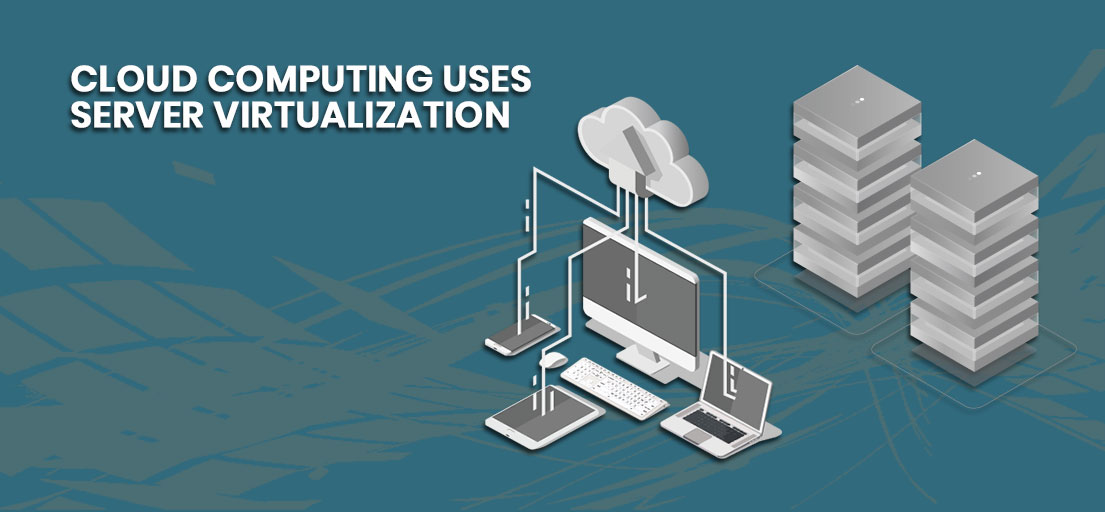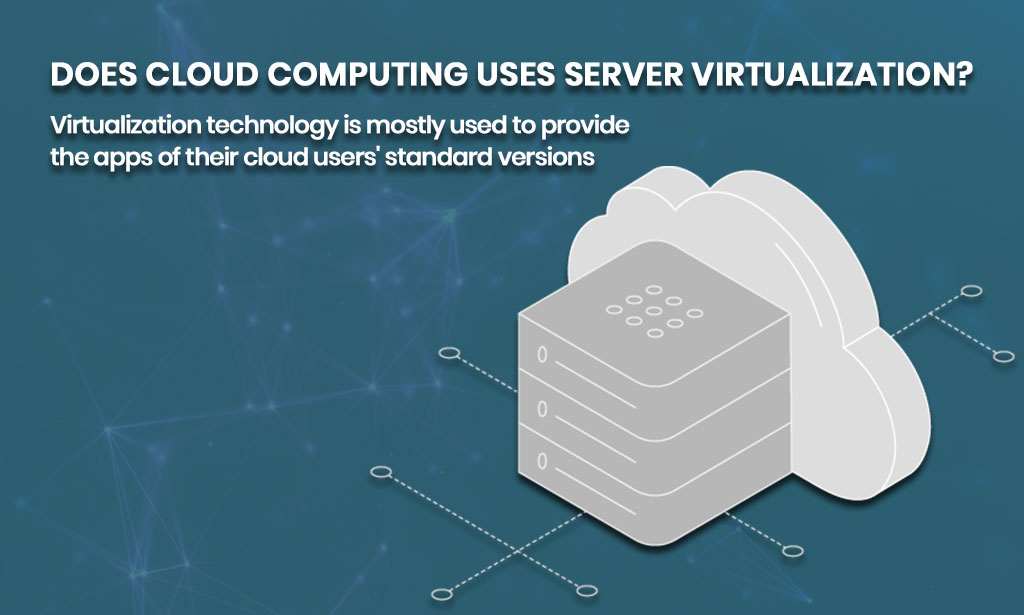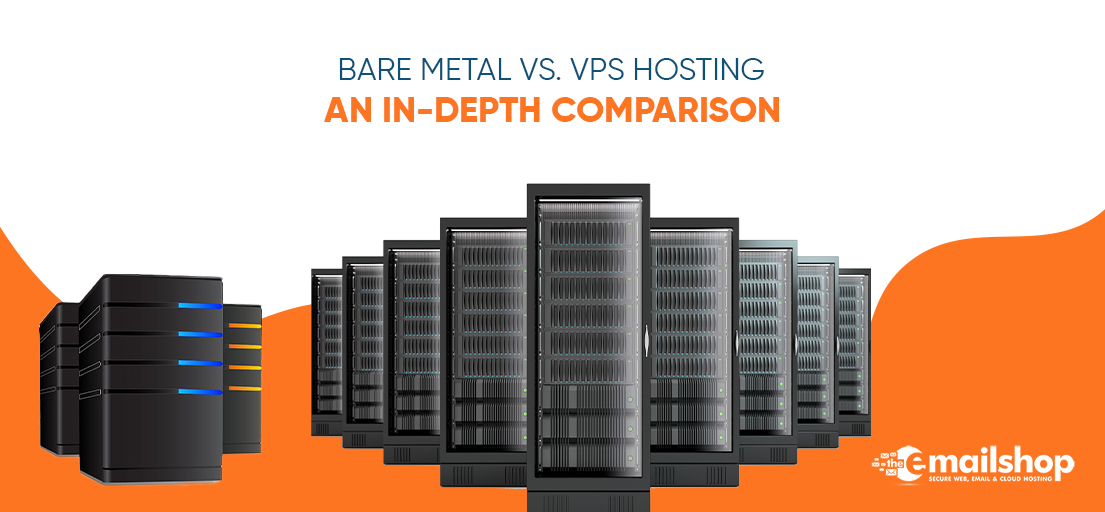Why Cloud computing uses server virtualization?
Yes, Cloud computing uses server virtualization to ensure the maximum usage of resources. The virtualization server is a multi-virtual server partition of physical computers. Here the operating system and programs of each virtual server are running. The virtualization of servers in cloud computing can be said to mask server resources. The server knows the name of each actual server. With the support of apps, the main physical machine is separated into many isolated virtual machines.
At The Email Shop, we will conduct what happens when a server is virtualized quiz and the reasoning behind the advantages of cloud computing using server virtualization.
Today, organizations buy a huge number of servers but do not use a significant number of servers. This leads to costly computers being wasted. In IT infrastructure, we should use cloud virtualization, which can minimize costs by increasing the use of existing servers. Broadly speaking, small and medium-size systems appreciate cloud virtualization.
Does cloud computing use server virtualization?
In cloud computing technology, virtualization plays an extremely important function, mostly in cloud computing, where users share the data in clouds such as the application, etc., but share the infrastructure with virtualization users.
Virtualization technology is mostly used to provide the apps of their cloud users’ standard versions, assuming that the new release of this application requires the service provider to deliver their cloud customers the current version that is technically feasible since it is more costly.
You Might also Like to Read: Cloud Servers: Is It The Best Solution For Your eCommerce Site?
We use virtualization technologies to solve this challenge. Third parties manage both servers and services that other cloud providers require in virtualization. Cloud providers must pay the money monthly or annually.
Types of server virtualization in cloud computing
-
Application Virtualization:
The application of virtualization in cloud computing lets a user navigate a cloud application remotely. The server store all the application’s data and other functions but can also run on the internet on a native workstation. Server virtualization in cloud computing example is a customer that has two separate program versions to run. Hosted software and bundled applications are the technologies that use virtualization applications.
-
Network Virtualization:
A different management and data plan operates to manage several virtual networks with each. There is one physical network together. It may be administered privately by individual parties.
Virtualization of the network provides the means to build and include modern networks – logical switches, routers, firewalls, load balancers, Virtual Private Network (VPN), and support for task loads over weeks or months.
-
Desktop Virtualization:
Desktop virtualization helps the user’s OS to be saved remotely on a data center computer. It gives users practically anywhere from particular computer access to their desktop. A virtual desktop is needed for users who require special operating systems other than Windows Server. User versatility, portability, and fast handling of device installation, Upgrades, and patches are the key advantages of desktop virtualization.
-
Storage Virtualization
Storage virtualization in cloud computing is a collection of servers operated by a virtual storage system. The server does not know where its data is stored and instead works much like worker bees in a hive. It enables storage management from many sources to be handled and used as one repository. The virtualization Storage program keeps smooth operations, stable efficiency, and an ongoing array of advanced functions, facing updates, breaks-downs, and device inconsistencies.
-
Server Virtualization:
This is a type of virtualization where cloud services are disguised. Here the central domain (physical server), by modifying the identity number, is split into several various virtual servers. Each machine can then run separately its own operating systems where any sub-sever knows the central server’s identity. It improves efficiency by deploying main server services on a resource sub-server and decreases running costs. This is advantageous in virtual relocation, energy use reduction, infrastructural costs reduction, and so forth.
-
Data virtualization:
This type of virtualization allows data to be obtained from a multitude of sources and to handle the data dynamically to be viewed by their interested persons and partners or customers remotely without learning anything about technological knowledge like how data are collected, stored, and configured. Many major corporations provide their services, such as Oracle, IBM, etc.
Why Server Virtualization?
Server Virtualize us to effectively use all of the resources like power. You will reduce the highest cost of hardware by virtualizing the server. This cloud virtualization will split the workload into many servers, and all virtual servers can execute a specific role. One of the reasons that server virtualization has been selected is that an individual can transfer the workload between virtual machines by the load.
Virtualization of the server allows solving challenges at once. This is achieved with the assistance of an administrator specifically configured for the conversion of a single static server into Virtual Machines. The virtual server is an autonomous physical unit capable of running and managing its operating system. For decades previously, scientists built on supercomputers virtual machines, and today, it is a fascinating topic.
Benefits of Cloud computing uses server virtualization
The benefits of virtualization in cloud computing include:
-
Economical
This is one of the main advantages of cloud virtualization since a single server can often be split into many virtual machines, reducing hardware expenses. Furthermore, when any virtual machine on the server runs them, the apps no longer need their software.
-
Rapid positioning and distribution
The supply and deployment phase can be carried out in minutes. The Virtualization Server facilitates the emulation of an actual virtual engine here.
-
Recovery of Disasters
Data almost moves easily and securely from one server to the next. You can store and find the data anywhere, which takes less time, and the downtime is much less.
-
Productivity enhancement
It would be easy for you to manage the physical servers if they are less numerous. There are also several resources used to make programs as effective as possible to convert.
It’s all about cloud storage server virtualization.
Conclusion
Virtualization indicates primarily that a single computer runs several operating systems but shares all hardware resources. It helps to supply the pool of IT resources to distribute these IT resources to support the business. I hope that our explanation is good for you. Here at The Email Shop, I have described how Cloud computing uses server virtualization and its advantages.










